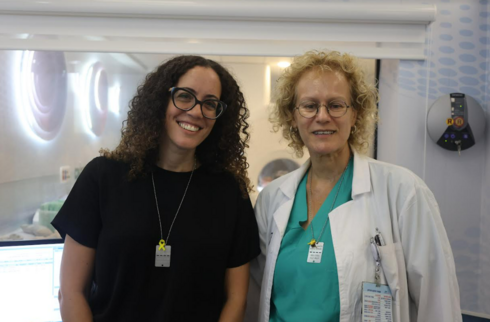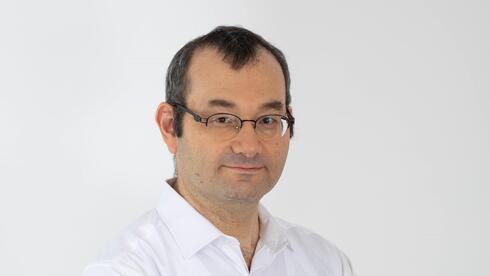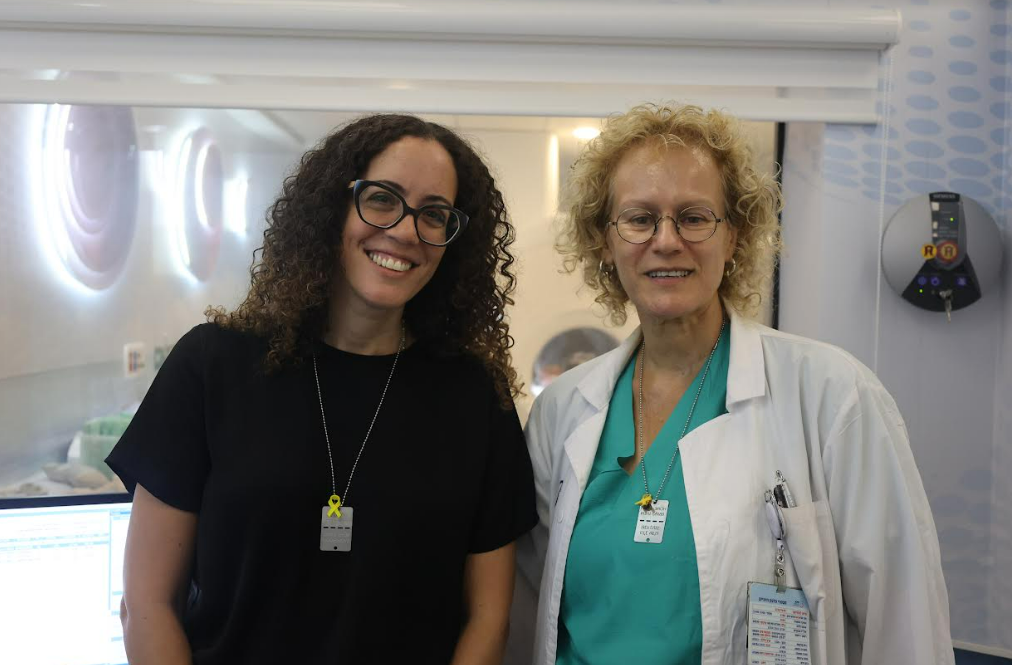
Opinion
The end of missed diagnoses? How AI is detecting breast cancer cases that physicians overlook
"The future of AI in medicine is only at its beginning. The digital revolution is no longer a futuristic dream—it is happening now," write Professor Miri Sklair-Levy and Dr. Debbie Anaby.
October, recognized globally as Breast Cancer Awareness Month, is a critical time to raise awareness about the disease that affects millions of women annually. During this period, the medical community, in collaboration with social organizations and women's health advocacy groups, emphasizes the importance of early detection, research, and advanced technologies in the fight against the disease. This year, AI has emerged as a game-changing technology, particularly in early diagnosis and reducing unnecessary medical procedures.
In recent years, AI has made breakthroughs across many fields of medicine, particularly in early disease detection, improving diagnostic accuracy, and swiftly calculating risk factors. The field of breast cancer has significantly benefited from advanced AI-based tools that allow for the analysis of vast amounts of medical data, the extraction of precise insights, and alerts for findings that might be missed by the human eye.
Take, for instance, the field of MRI, which is particularly sensitive in diagnosing breast cancer and is primarily used for monitoring high-risk women or evaluating the extent of the disease in diagnosed patients. Despite its high sensitivity, the human eye can sometimes struggle to distinguish between cancerous and benign findings, especially when the findings are small. The result: a high number of unnecessary biopsies, the majority of which turn out to be negative. Furthermore, while scan times have decreased with technological advancements, the workload on radiologists has increased, leading to longer interpretation times. This is where AI can be a game-changer. Studies have shown that AI systems can automatically identify findings, differentiate between cancerous and benign tumors, compare tests from different periods in a woman's life, and more. This significantly streamlines and shortens the radiological diagnostic process.
The vision is to assist in accurate diagnosis at an early stage while simultaneously reducing the number of unnecessary biopsies. Additionally, AI can personalize the follow-up schedule for each patient by identifying risk factors in MRI images. Combined with other data collected about the patient, AI can calculate the risk of developing the disease in the near future and improve early detection. This impact is not only medical but also psychological—providing patients with the confidence that an advanced computer system is supporting human diagnosis, reducing the need for invasive procedures, and shortening the wait for critical results.
Many laboratories worldwide, including the Breast Imaging Laboratory at Sheba Medical Center, are already working on developing AI technologies that will enhance breast cancer diagnosis. Recently, a study conducted in collaboration with Sheba's ARC Innovation Center showed that among women diagnosed with breast cancer from the BRCA mutation carrier population, an AI-based system detected signs of cancer in MRI scans taken up to a year before the radiological diagnosis. These signs appeared as normal breast tissue to the human eye during that year, but AI systems identified them as cancerous in approximately 70% of the cases. The potential synergy between clinical and research excellence in radiology, coupled with Sheba's ARC Innovation Center, will lead to discoveries and enable solutions on a global scale.
However, alongside technological advancement, there remains a challenge in integrating these developments into the healthcare system and the willingness to adopt these technologies widely. While large hospitals and leading medical centers are making efforts to implement AI technologies, the adoption in public hospitals and smaller clinics has been slow, highlighting infrastructure gaps and economic challenges. Many systems require upgrades, and physicians need training to use these new tools. The gap between the technological promise and the reality on the ground is still significant.
The future of AI in medicine is only at its beginning. The digital revolution is no longer a futuristic dream—it is happening now. However, the healthcare system must invest in and support the implementation of these new tools to ensure equal medical services for every woman, everywhere. AI tools are expected to revolutionize the fight against breast cancer and early diagnosis, becoming a global medical standard.
The authors are Professor Miri Sklair-Levy, Head of the Breast Radiology Unit, and Dr. Debbie Anaby, Head of the Breast Imaging Laboratory at Sheba Medical Center, in collaboration with Sheba's ARC Innovation Center.















